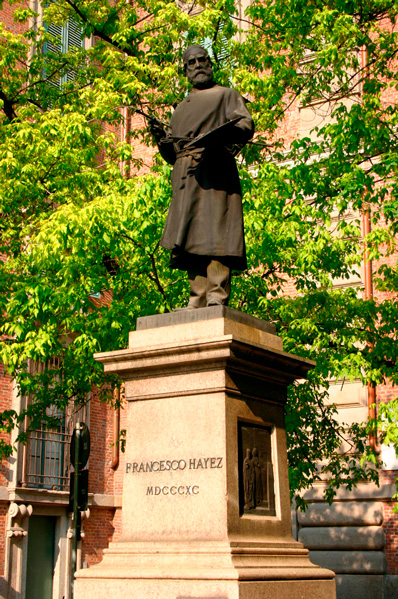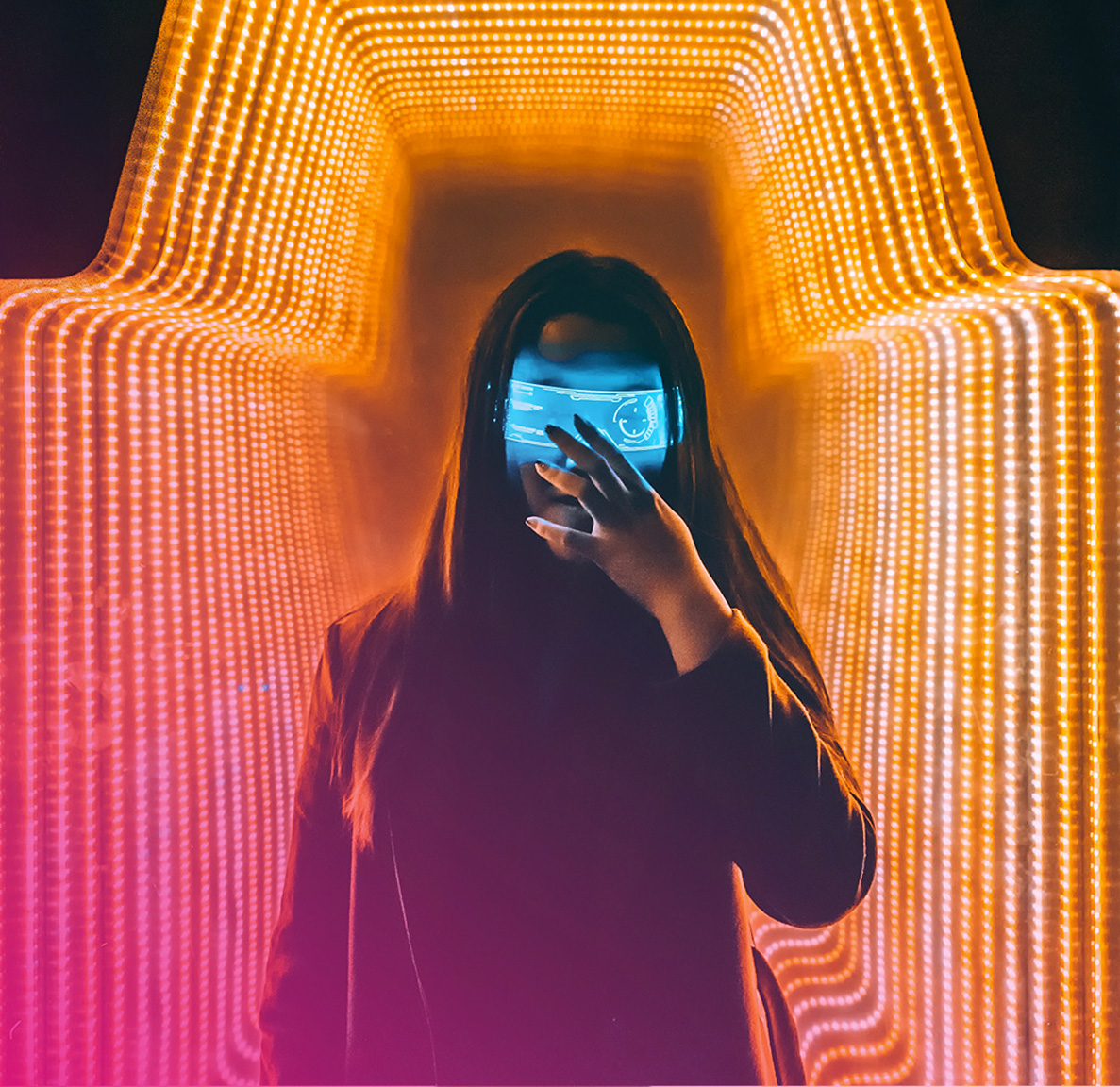The History Accademia di Brera
Origins, evolution, future.

The origins
The history of the Accademia di Brera is a journey into the future.
Since 1776, when the Empress Maris Theresa of Austria decided to meticulously organize the teaching of Fine Arts, the Accademia di Brera has not only been a point of reference for the History of Art and its teaching, but it has represented a cultural outpost capable of forging science, literature and the arts.
The physical boundaries of the Palazzo di Brera - an important factor in the identity and its relationship with the territory- have never been a limit. They have always represented a stimulus and countless opportunities to encounter an ever - changing world.
The first strong connection between artistic training and education and a broader cultural knowledge, something Giuseppe Parini had professedly hoped for, was the introduction in 1778 of an authoritative figure - the administrator - able to guarantee that the
Enlightenment vocation to the Accademia, open to blends and fusions, would create concrete impulses, feasible initiatives and virtuous mixes.
Giuseppe Bossi, administrator of the Accademia between 1802 and 1807, pushed Brera into the future, setting up strong bonds with authoritative European intellectuals and creating annual exhibitions, considered the most important showcases of contemporary art in Italy during the nineteenth century.
The administration and management of Bossi was responsible for the activity of the city’s Ornato Commission, which carried out control over public monuments similar to that of today’s Supervisory boards.
The evolution
The number of artists who have ensured that the Accademia maintained its innovative imprint are truly countless. During the Romantic Age, the historical painting triumphed thanks to Francesco Hayez, the landscape school by Giuseppe Bisi was set up, the teaching post of aesthetics was transformed into one teaching the History of Art.
In the second half of the nineteenth century, with the emergence of a new future, imprinted in photography and in the growing rebellion of young artists towards conservatism of teaching, the Accademia di Brera is modernized and in those years the painting lessons held by Cesare Tallone, the Master of Carrà and Funi stand out.
In 1923, following the reform of the School of Giovanni Gentile, the Artistic lyceum was set up next to the Accademia; in those years the school of sculpture is run by Adolfo Wildt, who will then be succeeded by Francesco Messina and Marino Marini, who will have Lucio Fontana and Fausto Melotti among his students.
The institution, between the two world wars, endorses the School of Craftsmen reflecting how times change and just how the Accademia is able to intercept them.
The mission of responding promptly, with rigor and with an artistic spirit to the ever changing cultural conditions becomes increasingly evident after the Second World War, when the Accademia reopens its courses under the supervision of Aldo Carpi.
A mission that was reflected in more recent decades by Guido Ballo, as the Professor of History of Art, and alongside him Masters of sculpture such as Alik Cavaliere and Andrea Cascella and those Masters in painting such as Mauro Reggiani, Domenico Cantatore, Pompeo Borra and Domenico Purificato.


Towards the Future
The ability to draw from the past, understand the present in order to be protagonists in the future: this synthesis is not simply rhetoric, it is the real heart of an educational proposal which in the third millennium has taken up new technologies and new professional roles in the world of the arts.
An essential part of the three-year and two-year courses is an intense editorial and expositive research activity, endorsed in a critical perspective, free from fads and trends, able to forge that close relationship between art and teaching that has always distinguished the Accademia di Brera.
Many well-known artists have passed through the Accademia’s doors both as students and as teachers. Adolfo Wildt and Arturo Martini, Lucio Fontana and Fausto Melotti, Luciano Fabro and Alberto Garutti. As well as Liliana Moro, Mario Airò, Bernhard Rüdiger, Marcello Maloberti, Vanessa Beecroft, Lara Favaretto, Giuseppe Gabellone, Paola Pivi, Patrick Tuttofuoco, Gianni Caravaggio, Roberto Cuoghi, Petrit Halilaj.
Even today, after almost two hundred and fifty years, the Accademia is a still an inspirational place for a great number of public figures from the world of arts and culture, who have generously accompanied and still accompany students in their growth, willingly giving their time for workshops, master classes and seminars: from Roberto Saviano to Monsignor Gianfranco Ravasi, from Lindsay Kemp to Jean Luc Nancy, from Tony Servillo to Luca Ronconi, from the Nobel prize-winner Dario Fo- who studied at the Accademia di Brera- to another Nobel prize-winner Orhan Pamuk.
The Accademia di Brera came about with the idea of being a place capable of breaking down borders, frontiers as well as limits of space and time. Perhaps it is because of this consolidated universal identity that Brera is still rewarded today with an extremely high intake of students from all over the world. Students who embark on an artistic and human journey that goes far beyond an academic qualification.
The Milan Experiment


